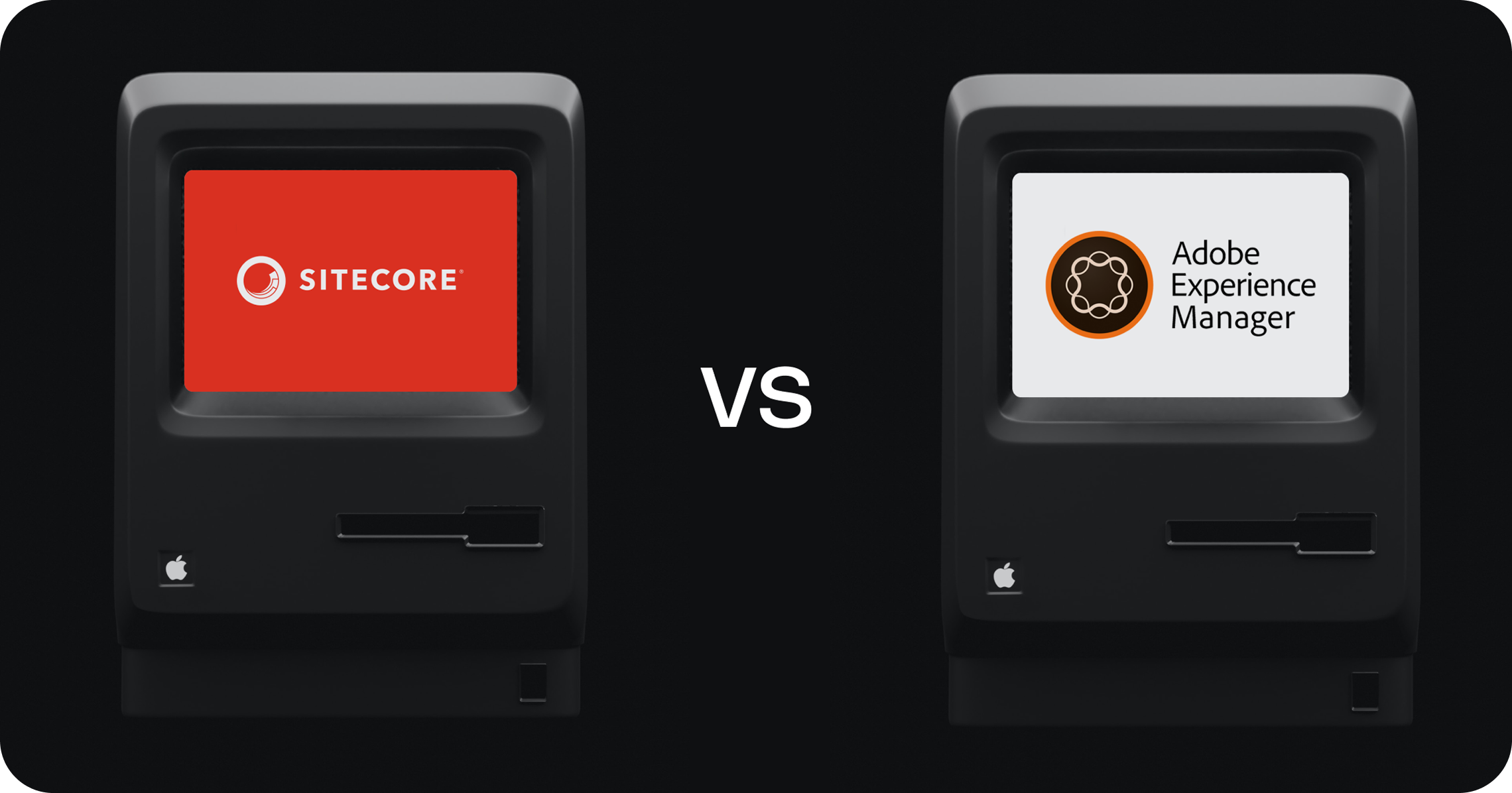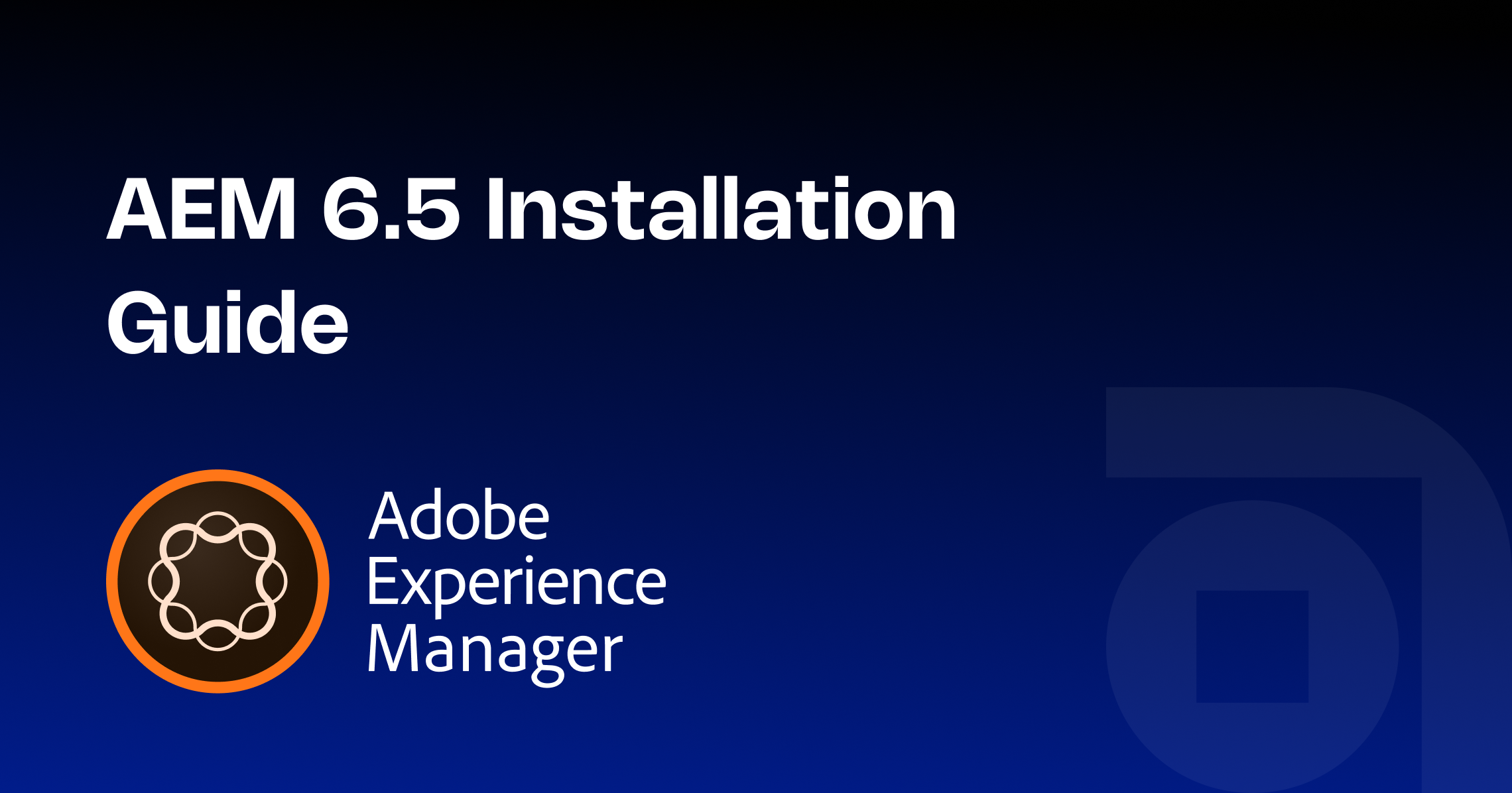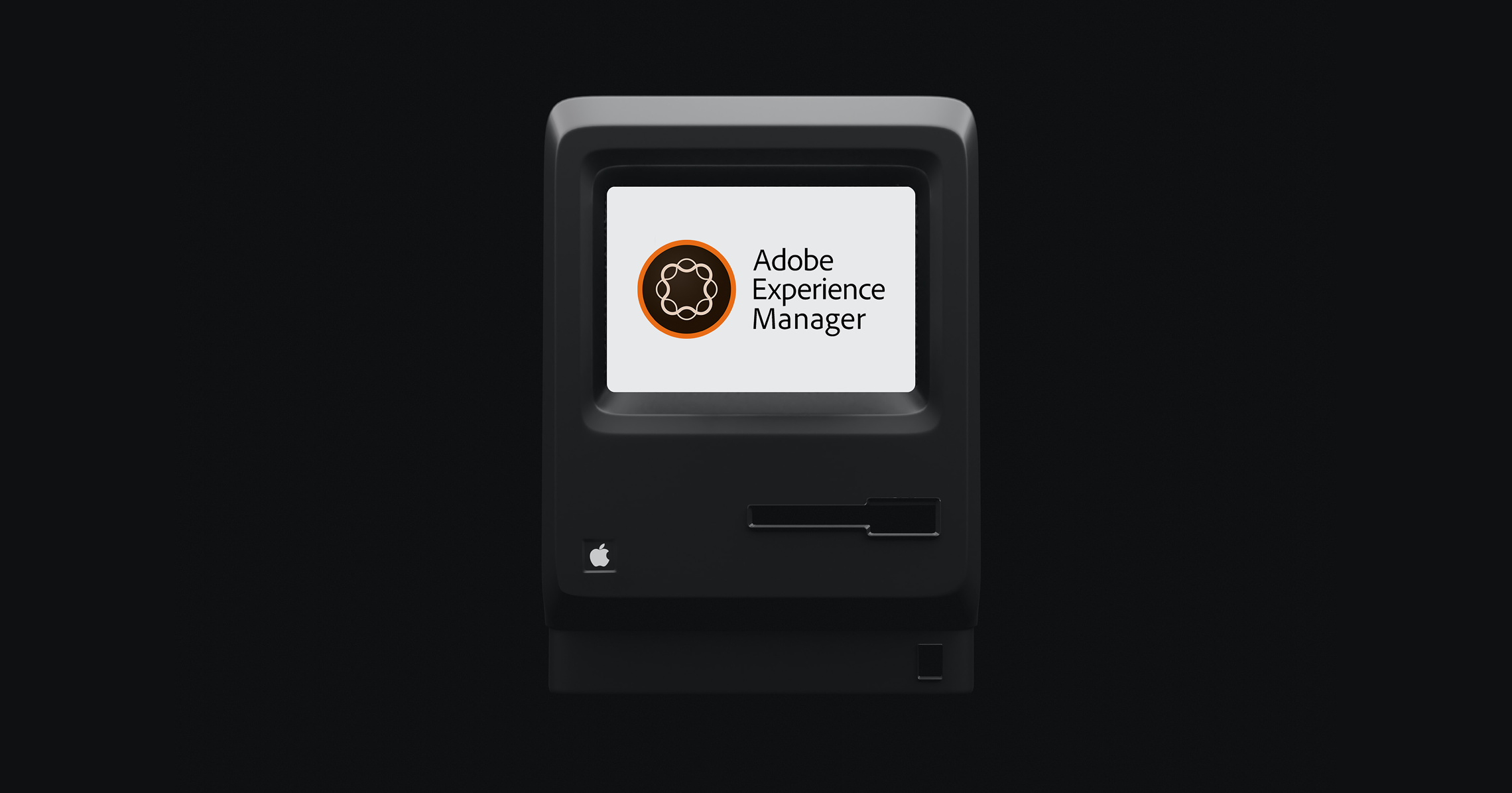
Sitecore vs AEM: Choosing the Right Enterprise CMS
Technology has evolved at the speed of light, and the world of digital experience management has been no exception. In this dynamic landscape, choosing the right Enterprise CMS (Content Management System) becomes critical for organisations that want to give seamless, personalised, and scalable digital experiences. Two players dominate this space, Sitecore and Adobe Experience Manager (AEM). Each platform has strengths, and knowing the difference will help businesses make informed decisions in 2025.
This complete guide will compare Sitecore and AEM along different parameters, allowing you to decide which CMS suits your enterprise requirements best. If you plan to hire Sitecore developers or hire AEM developers, this article includes important factors to consider.
Overview of Sitecore and AEM
Sitecore
Sitecore is a strong .NET-based CMS that is well-known for its ability to provide deep personalisation and strong marketing automation facilities. It combines content management with customer data, thereby allowing marketers to provide personalized experiences at scale. According to reports, Sitecore is the 8th most popular Top 1 Million site in the Enterprise category.
Key features include
- Advanced personalization and segmentation
- AI-driven content recommendations
- Integrated commerce capabilities
- Great support for multi-site and multi language management
Adobe Experience Manager (AEM)
AEM is one of the Adobe Experience Cloud products in Java technology. It integrates content management, digital asset management (DAM), and robust marketing tools to become a complete solution to enterprises deep into the Adobe ecosystem.
Key features include
- Intuitive drag-and-drop authoring tools
- Powerful digital asset management
- Easy integration with Adobe Creative Cloud, and Adobe Analytics
- Good scalability and cloud-native deployment choices
Detailed Comparison Table: Sitecore vs AEM
|
Feature |
Sitecore |
Adobe Experience Manager (AEM) |
|
Technology Stack |
.NET |
Java |
|
Personalization |
Advanced AI-driven personalization |
Robust segmentation and targeting |
|
Content Authoring |
Flexible, moderate learning curve |
Intuitive drag-and-drop interface |
|
Digital Asset Management |
Integrated but less extensive than AEM |
Industry-leading DAM integration |
|
Marketing Automation |
Built-in marketing automation |
Strong Adobe Marketing Cloud integration |
|
E-commerce Integration |
Native commerce support |
Requires third-party integration |
|
Multi-site Support |
Excellent multi-site, multi-language management |
Strong multi-site capabilities |
|
Cloud Deployment |
Supports Azure, Sitecore Managed Cloud |
Adobe Experience Manager as a Cloud Service (AEMaaCS) |
|
Integration Capabilities |
Strong API ecosystem, flexible integrations |
Seamless Adobe ecosystem integration |
|
User Community & Support |
Active developer community, enterprise support |
Large Adobe user base, extensive training resources |
|
Cost |
Typically lower initial licensing costs |
Higher upfront investment, especially for Adobe ecosystem users |
|
Developer Availability |
Easier to find Sitecore developers with .NET expertise |
Requires specialized AEM developer skills, usually Java-based |
Key Factors to Consider in 2025
1. Integration Needs
From 2025 onwards, more and more companies use a complicated tech stack. If your organization is already a client of Adobe products such as Photoshop, Illustrator or Adobe Analytics, AEM’s smooth integration makes it a no-brainer. On the contrary, the more your environment is Microsoft-dominated the better Sitecore fits in.
2. Personalisation and Customer Experience
Both platforms offer advanced personalisation. A unique feature of Sitecore’s AI-driven content recommendations is its dynamical adaptation of content to the individual behaviors of users. AEM’s segmentation tools are powerful, but may need some setup.
3. Developer Talent and Cost
Finding talent can greatly affect your project timelines and budget. It is typically easier to find Sitecore developers, as the .net ecosystem is established; the search for AEM developers might be complicated and costly owing to the special knowledge of Java.
4. Content Authoring and Usability
Marketers get a more intuitive content authoring experience from AEM, particularly with its drag-and-drop feature. Sitecore has a powerful interface, but learning may be steeper for non-technical users.
5. Cloud Readiness and Scalability
Both the platforms have adopted cloud-native architectures. The cloud service ( AEMaaCS ) offered by AEM comes equipped with the services of auto scaling that cuts on operational overhead. The same level of flexibility is offered by Sitecore’s managed cloud on Azure but at the cost of more hands-on management.
6. E-commerce Capabilities
If e-commerce is at the core of your digital strategy, the native commerce solutions of Sitecore are out-of-the-box. In contrast, AEM requires third-party commerce platforms, like Magento or Salesforce Commerce Cloud.
When to Choose Sitecore?
- Sitecore can be modified to help organizations achieve their unique objectives.
- Work in various countries and require solutions that can grow with the business. Sitecore is suitable for corporations that provide services in various regions and languages.
- Make use of AI to personalize the site and improve your users’ experience. Firms that offer truly personal outcomes to customers will greatly benefit from the tools offered by Sitecore.
Companies using Sitecore are expected to engage skilled personnel. Enlisting the help of an agency can make Sitecore easier to use and ensure all its benefits are utilized.
When to Choose AEM?
- Ensure that all your design and marketing activities work together as one. Being part of Creative Cloud allows teams in design and branding to work more efficiently.
- Content creators must have intuitive software. Non-technical users can manage content easily in AEM, which makes them less dependent on developers.
- They are currently using some of the Adobe products. AEM is a great tool for companies using other products from Adobe because they find it easy to integrate.
If what matters most to you is quality and design in digital, have your AEM developers use what Adobe has developed.
Future Trends Impacting CMS Choice
AI and Automation
AI for personalization and automation is being utilized more and more by Sitecore and AEM. Expect further AI-based creative content, customer insights, and predictive analytics moving forward in 2025 and further.
Headless CMS and Omnichannel Delivery
The proliferation of headless CMS architectures to deliver omnichannel experience is rewriting the market trend. Both systems are evolving to become API-first content delivery that allows for their integration with IoT devices, mobile apps and other touchpoints.
Sustainability and Performance
As sustainability was gaining momentum, enterprises are seeking CMS platforms with performance optimization and energy efficiency. Both Sitecore and AEM are putting money into performance upgrades and cloud improvements.
Conclusion
Where you settle between Sitecore and Adobe Experience Manager will be your organisation’s current technology stack, business priorities, and budget. Sitecore provides strong personalisation capability, commerce support, and easier developer availability, making it right for enterprises with Microsoft-based environments. AEM is a perfect solution when it comes to handling of digital assets, integration with Adobe software products and cloud-native deployment, which are suitable for Adobe-heavy organisations.
In 2025, the smartest move is to benchmark the digital experience goals, technical landscape, and resource availability of your company and then make a final decision as to whether to hire Sitecore developers or specialists in aem development.
Related Blogs


Read More

Read More

Read More
